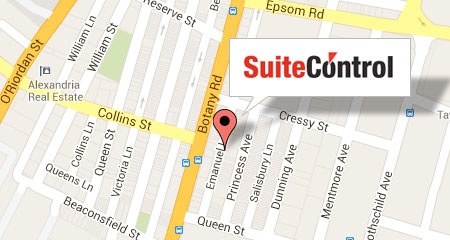How to Do Accounting for Your Construction Business 8 Steps
This means using the same account structure and coding system for every project, regardless of size or scope. Consistency helps ensure that financial reports are accurate and comparable, making it easier to analyze performance and identify trends. Most construction trade companies perform more than one service, but if your company offers one specific service, then common practice is to have a single income account called “Job Income”. To help achieve clarity during reporting, you can add more detailed descriptions of services offered. Construction-specific accounts include many items that are common to contractors, such as business and building permits, outside labor, mobile restroom rental, or catering services for laborers. It’s easiest to start with one that is similar to the structure you need, and then add and remove accounts as needed to fit your accountancy notre dame business mendoza college of business situation.
You need to find a balance between the number of accounts and the required amount of detail. When miscellaneous food crops putting together a list of expense accounts, it is best to consider the requirements of your specific industry. A landscaper may choose to have accounts for repairing heavy machinery and for purchasing mulches, trees, and shrubs. An HVAC business, on the other hand, may have expense accounts for truck rental and the purchase of spare parts. Capital assets can also include Noncurrent Assets which are intangible, such as patents and copyrights.
For example, material suppliers and equipment rental companies are going to have very different charts of accounts than a contractor. Each company develops its own COA, based on its requirements, so no two companies are exactly alike. Consider creating separate line items in your chart of accounts for different types of income. Instead of lumping all your income into one account, assess your various profitable activities and sort them by income type. With the right present value of annuity due process, you can save time on your invoicing, accounting, bookkeeping, and tax preparation, even without previous construction accounting experience. Just as you have project managers overseeing each job site, it might make sense to hire a professional accountant to help you reconcile a variety of transactions for various jobs and services.
Revenue
This content is for information purposes only and should not be considered legal, accounting, or tax advice, or a substitute for obtaining such advice specific to your business. No assurance is given that the information is comprehensive in its coverage or that it is suitable in dealing with a customer’s particular situation. Intuit Inc. does not have any responsibility for updating or revising any information presented herein. Accordingly, the information provided should not be relied upon as a substitute for independent research. Intuit Inc. does not warrant that the material contained herein will continue to be accurate nor that it is completely free of errors when published.
- The actual numbering system is up to you, and largely depends on the number of accounts you need to track.
- Customizing your COA to align with your business needs ensures better financial management and compliance with industry standards.
- Job costing is a method for allocating expenses and revenue to each specific job.
- Overhead or operating expenses are the day-to-day expenses of running your business.
What Kind of Accounting Do Construction Companies Use?
The structure of your chart of accounts should reflect the unique needs of your construction company and should be organized in a way that makes sense to you and your team. Conversely, under-segmentation can lead to a paucity of details, complicating the process of cost tracking and analysis. Make sure the Chart of Accounts is adequately segmented to gather the necessary data for precise reporting and informed decision-making. For instance, consolidating indirect costs into one account could make it hard to pinpoint areas for potential cost reductions. These expenses include equipment rental, transportation to the site, security and utilities on the site, subcontractor costs, and similar. For example, overhead expenses may include accounting fees, advertising, insurance, interest, legal fees, labor burden, phone bills, or travel expenses.
Purchasing Materials for a Project:
Your account structure should be clearly defined so that employees aren’t guessing where to post transactions when they come in. Accounting systems have a general ledger where you record your accounts to help balance your books. Keeping your accounts in place and up-to-date is important for analyzing your finances. Revenue recognition is how a a business determines when they’ve officially earned revenue from a contract or project.
Structure and Organization
Retained earnings are an important part of equity, as they represent the company’s ability to generate profits over time. It’s important to track retained earnings separately from owner’s equity, as this will allow you to see how much of the company’s equity is tied up in profits that have not yet been distributed. As a construction company, you may have multiple owners, each with a different percentage of ownership.








